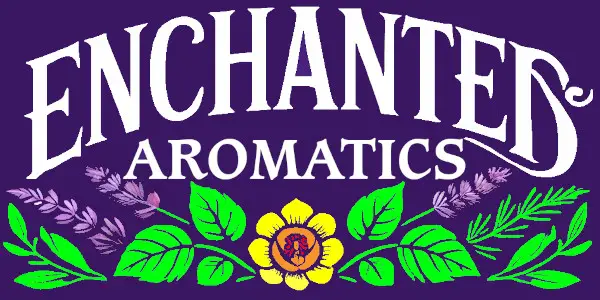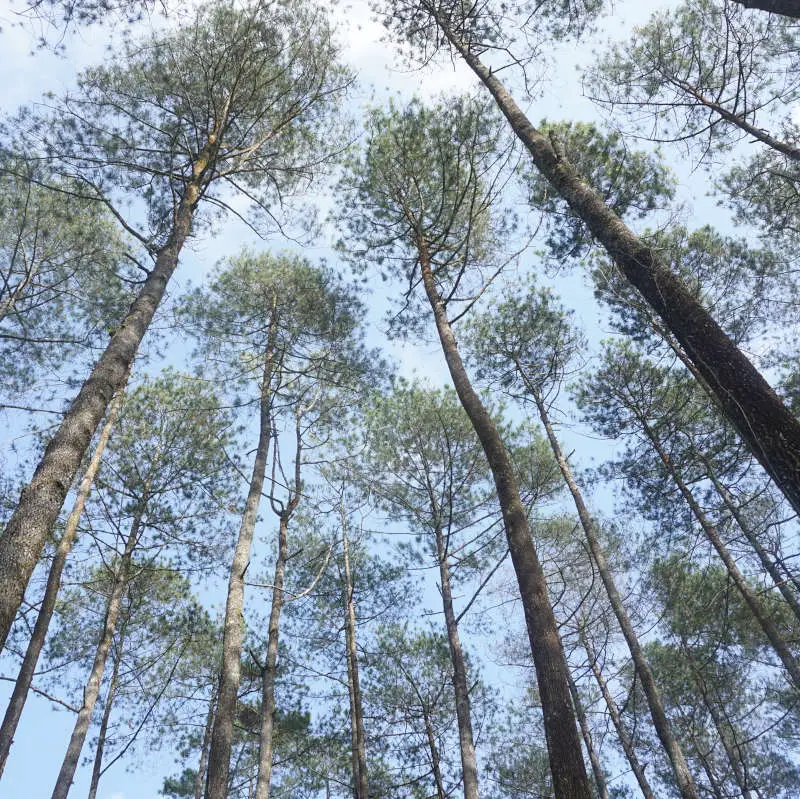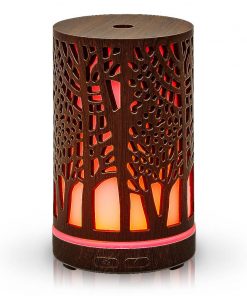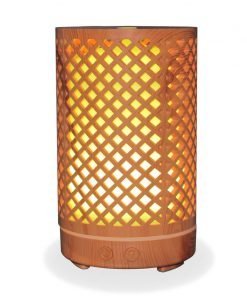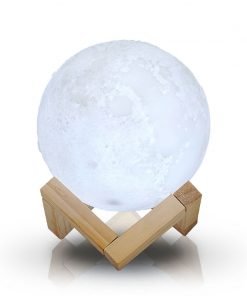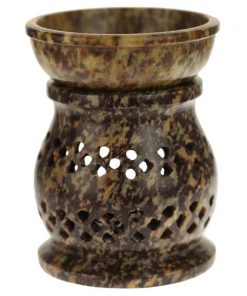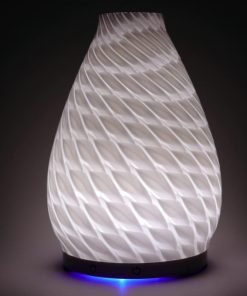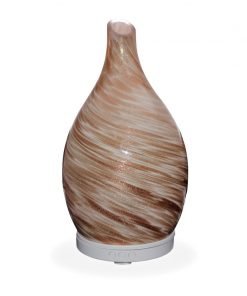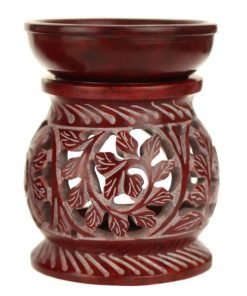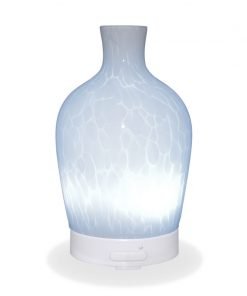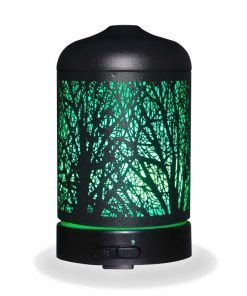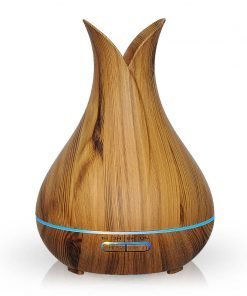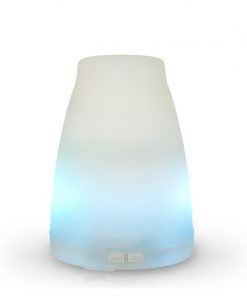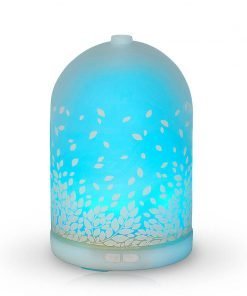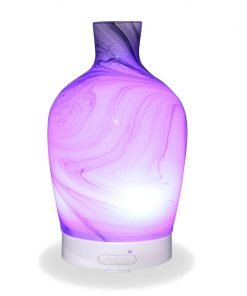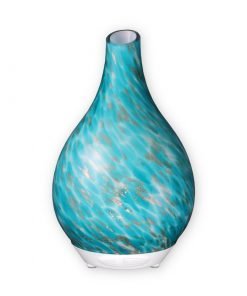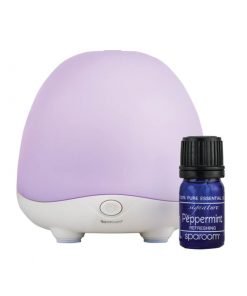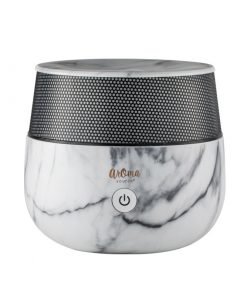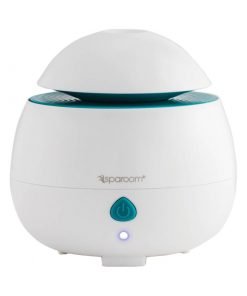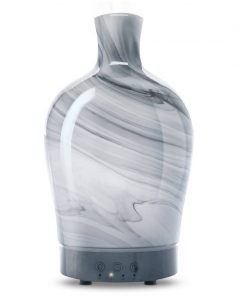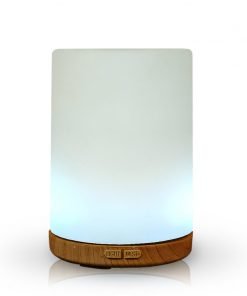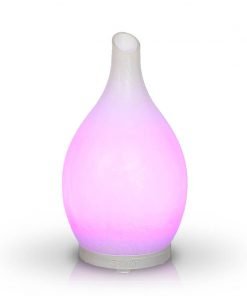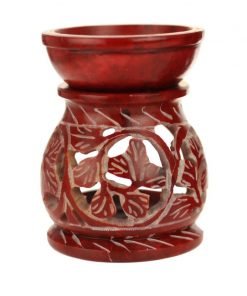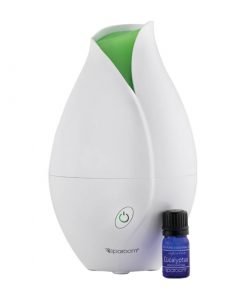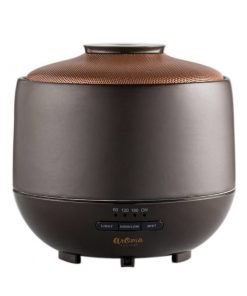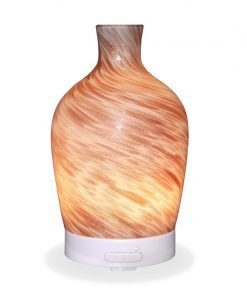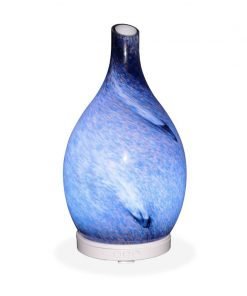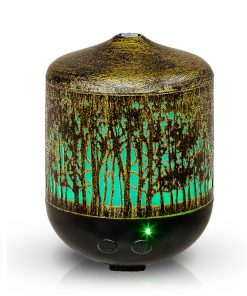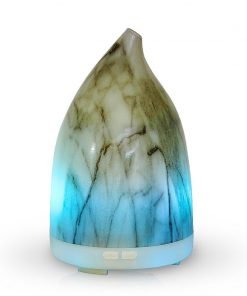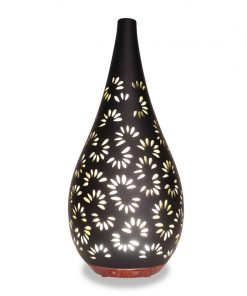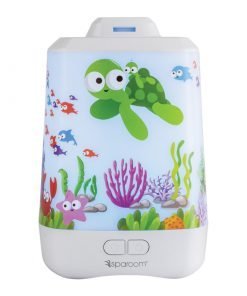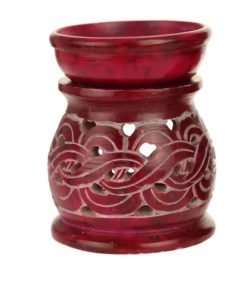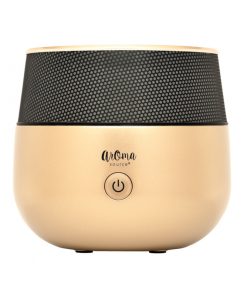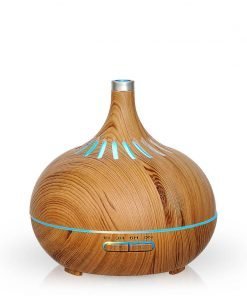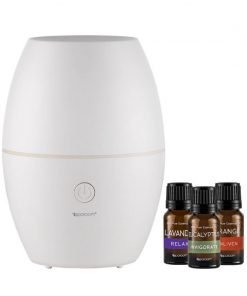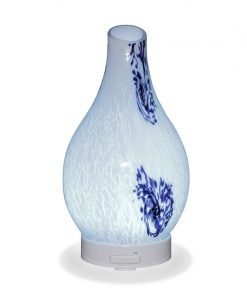General
How Many Pounds Of Material Does It Take To Make Essential Oils
By Mark Piatt
Updated on January 22, 2021
How many pounds of raw material does it take to make essential oils?
In this article, we will explore this question and I think many of you may be surprised by the answer.
By now we all should know that essential oils are the concentrated oils that a plant produces. Many of us use our essential oils to enhance the aromatic quality of our living spaces, while other people use essential oils as a natural alternative for treating various ailments.
If you are like me, I have often wondered,
Turns out that a significant amount of material is required to produce essential oils. Some essential oils require a ridiculous amount of plant material. Next time you are using your essential oil in your diffuser, be mindful of what it takes to create that little bottle of essential oil, and try not to waste this precious gift that our planet earth has provided to us.
DISCLAIMER:
Information provided in this description is for educational purposes only. For possible treatments of physical or mental diseases, please seek a trained and licensed health professional. Enchanted Aromatics is not responsible for any adverse side effects resulting from the use of any suggestions, products, preparations, or procedures mentioned or from following historical uses of essential oils.
How many pounds of materials does it take to make essential oils?
Below you will find a table of 21 typical essential oils that so many of us use.
We list 2 amounts for each essential oil: 16 ounces and 15 ml (1/2 ounce) which is a typical amount sold by most resellers. And finally, we list the amount of raw material required to make either 16 ounces or ½ ounces.
Note: Mobile users can scroll left to right to see the entire table
| Essential oil | To Produce | Requires |
|---|---|---|
| Cedarwood | 1 pound (16 ounces) | 1,932 pounds |
| 15 ml (1/2 ounce) | 61 Pounds | |
| Cinnamon Leaf | 1 pound (16 ounces) | 87 pounds |
| 15 ml (1/2 ounce) | 3 pounds | |
| Clary Sage | 1 pound (16 ounces) | up to 453 pounds |
| 15 ml (1/2 ounce) | 14 pounds | |
| Cypress | 1 pound (16 ounces) | 2000 pounds |
| 15 ml (1/2 ounce) | 63 pounds | |
| Eucalyptus | 1 pound (16 ounces) | 50-60 pounds |
| 15 ml (1/2 ounce) | 2 pounds | |
| Ginger | 1 pound (16 ounces) | 52 pounds |
| 15 ml (1/2 ounce) | 2 pounds | |
| Hyssop | 1 pound (16 ounces) | 200 pounds |
| 15 ml (1/2 ounce) | 6 pounds | |
| Jasmine | 1 pound (16 ounces) | 4,000,000 jasmine buds |
| 15 ml (1/2 ounce) | 125,000 jasmine buds | |
| Lavender | 1 pound (16 ounces) | 250 Pounds |
| 15 ml (1/2 ounce) | 8 pounds | |
| Lemon | 1 pound (16 ounces) | 1,497 lemons |
| 15 ml (1/2 ounce) | 47 lemons | |
| Melissa (lemon Balm) | 1 pound (16 ounces) | 6000 pounds (3 tons) |
| 15 ml (1/2 ounce) | 188 pounds | |
| Orange | 1 pound (16 ounces) | 4,687 oranges |
| 15 ml (1/2 ounce) | 147 oranges | |
| Oregano | 1 pound (16 ounces) | 1,000 pounds |
| 15 ml (1/2 ounce) | 31.25 pounds | |
| Patchouli | 1 pound (16 ounces) | 15 pounds |
| 15 ml (1/2 ounce) | .5 pounds | |
| Peppermint | 1 pound (16 ounces) | 30 pounds |
| 15 ml (1/2 ounce) | 1 pound | |
| Pine Needle | 1 pound (16 ounces) | 100 pounds |
| 15 ml (1/2 ounce) | 3 pounds | |
| Rose | 1 pound (16 ounces) | 10,000 pounds |
| 15 ml (1/2 ounce) | 313 pounds | |
| Rosemary | 1 pound (16 ounces) | 250 pounds |
| 15 ml (1/2 ounce) | 8 pounds | |
| Tea Tree | 1 pound (16 ounces) | 1,511 pounds |
| 15 ml (1/2 ounce) | 47 pounds | |
| Thyme | 1 pound (16 ounces) | 90 pounds |
| 15 ml (1/2 ounce) | 3 pounds | |
| Vetiver | 1 pound (16 ounces) | 53 pounds |
| 15 ml (1/2 ounce) | 2 pounds | |
| Ylang Ylang | 1 pound (16 ounces) | 500 pounds |
| 15 ml (1/2 ounce) | 15.6 pounds |
The first thing you may notice is that the amount of material varies widely depending on the essential oil. Patchouli requires a half-pound of material to create a half-ounce of essential oil. On the other end of the spectrum, rose requires 625 pounds of rose petals to create a half-ounce of essential oil.
Essential Oil Diffusers Here At Enchanted Aromatics
Why are there varying amounts of plant material used for the same essential oil?
If you do some research, you may notice that some sources list different amounts of plant material used for the same type of essential oil. How can that be?
The amounts we show are averages that have been rounded. Various factors can influence these amounts including:
- Growing season
- Growing method
- Moisture content
- Plant processing
- Extraction process
- Part of the plant used
- Many other factors
Please keep this in mind if you see other numbers floating around the internet.
The mass majority of essential oils are extracted through steam distillation. The amount of material extracted is mostly dependent on the plant itself. Typically, the more an essential oil costs, is an indicator of how much essential oil the plant yields.
By the way, did you know you can distill your own essential oils at home? If you are interested, check out this nice starter kit sold on Amazon.
Also, here are a couple of books to help you get started distilling essential oils at home:
The Essential Oil Maker’s HANDBOOK
- 156 pages
- Learn to produce essential oils and hydrosols under the guidance of Austrian master distillers Helge Schmickl and Bettina Malle.
- This book goes far beyond most books on the subject into the realm of small-scale production.
- 176 pages
- detailed how-to book, learn the tools, techniques, and safe procedures to distill raw natural materials for a variety of applications
- Complete with a guide to distilling essential oils and their benefits and tips and tricks for troubleshooting and avoiding common pitfalls
You know how expensive a dozen roses cost. A single drop of rose oil needs about 30 rose petals. Now you know why rose oil is so expensive.
If you purchase what you think is rose oil for $9.99 an ounce, I promise you, that you are not purchasing rose oil.
You are purchasing a chemical product that has been mass-produced in a chemical factory or rose hydrosol. Rose hydrosol is the aromatic liquid that remains after extracting rose oil (Rose Otto). If you are interested in true rose oil, check out this Rose Otto essential oil by Alteya Organics.
Another factor that contributes to the amount of material used is the amount of time used for the distillation process.
During the distillation process, the chemical makeup of the essential oil can change over time. For this reason, essential oils are typically distilled for a very specific time. Some manufacturers may distill past the recommended time to extract a larger amount, at the expense of the oil not having the best properties that it can have.
Another factor is whether the plant is processed fresh, partially dried, or dried.
The moisture content plays a huge role in the weight of the raw material. Every essential oil is different and there is debate as to when the material should be processed.
Essential oil manufacturers all have their formulas and beliefs as to when they should process the plant material and for how long they should process that material. All these decisions play a role in how much material is used for each type of essential oil.
Another factor that determines the amount of material needed is what part of the plant was used.
For some essential oils, the distiller may only use the leaves while another distiller may use the leaves, bark, stem, or any other part of the plant. Various parts of the plant may weigh more or less and have less or more essential oil, so it will alter the total amount of material required. Cinnamon is one such essential oil. When only the leaves are used, the aroma is light and less intense compared to the cinnamon oil that is extracted from the bark.
Some essential oils can be purchased in different grades such as Ylang Ylang.
These grades are determined by how long the essential oil is allowed to be distilled. Ylang Ylang comes in 6 different grades, depending on how long it was distilled. Ylang Ylang Extra is from the first hour of distillation and is the preferred grade in the perfume industry. This grade will be the most expensive.
Also, for Ylang Ylang, the flowers must be hand-picked in the dark because this is when the scent is the most potent. Only mature flowers can be used.
Other factors to consider for the varying amounts of plant material used
The amount of raw material does not take all factors into account. For example, patchouli only requires a half-pound of raw material to create a half-ounce of essential oil.
At first, this may not seem too bad. But what that number does not tell you is that patchouli essential oil is usually only created from the top 3-4 pairs of leaves.
There is also some debate on whether the leaves should be dried before starting the distillation process. If the distiller is drying its leaves first, more material will be needed for creating the essential oil.
How much essential oil does a plant have?
The amount of essential oil (or volatile organic compound VOC) a specific aromatic plant produces varies widely.
The amount varies from about .005% up to 15% for most essential oils. The average is about 1%. There are some exceptions such as clove bud, which produces about 17%.
Essential oils derived from dried resins can be as high as 70%.
The amount a plant produces also varies based on the part of the plant the oil is extracted from. This includes the:
- Leaves
- Flowers
- Rinds
- Roots
- Seeds
- Stem
- Grass
- Wood
- Resin
- Berries
- Bark
Some plants produce such a small amount that it is not economically feasible to extract the essential oil, especially if the essential oil is from a slow-growing plant or a small plant. Some plants even produce hazardous chemicals or have no therapeutic value.
Conclusion
Essential oils are highly concentrated. A little goes a long way. If you can use 5 drops instead of 15, then do it. Just think of the plants you are saving by using less.
Over 100 kilotons of essential oils are produced each year. Imagine how much plant material is being used to create that amount.
Some plants are more sustainable compared to others. Some plants are even in danger of becoming extinct. There may be a point in the near future when some essential oils can no longer be manufactured.
Now you have a better understanding of how much material is required to make that little bottle of essential oil you use to make your bedroom smell inviting.
Knowing this information, be conscious as to how much essential oil you are using and try your best not to waste this precious commodity that our planet has been so gracious to provide to us.
Next time you use jasmine in your diffuser, keep in mind that 125,000 buds were used to create one 15 ml (1/2 ounce) bottle.
I have a favor to ask of you. If you know how much material it takes for an essential oil that is not on our list, if you could please include a source or website with that information, we can then add that to our list. Thanks.
